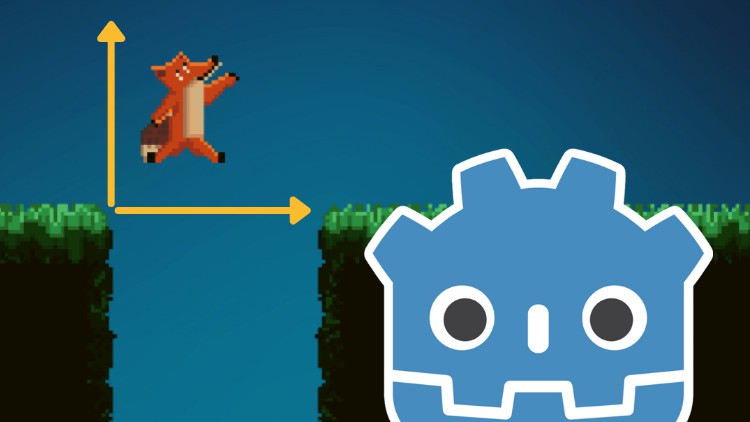
Make your game more friendly to your player and Use real world physics to make your players movement feel amazing.
What you will learn
How to Implement more Robust Jump Mechanics in Godot
Description
Welcome to my course on Improving your Jump Mechanics in the Godot Game Engine.
When designing a Platformer there are many things that need to be taken into consideration. Often, one of the most important mechanics is the Jump Mechanic.
In this class we’re going to be looking a some tips and tricks to help substantially improve the feel of your game by implementing some behind the scene mechanics that will prevent the player feeling frustrating and keep them playing.
We’re going to be going over four core ideas:
- Coyote Time
- Where we give the player some time when walking off edges to jump
- Jump Buffering
- where we allow a jump to happen even when the player has miss timed there jump
- We’re going to be injecting some real world physics into our jump math to get a mathematically precise jump and give us, the designer, control down to the exact pixel to where the player can jump.
- Then Finally we’re going to use those physics to calculate our movement speed.
Ignoring these four core ideas leads to lower enjoyment and ultimately causes the player to stop playing soon than we want to.
Work alongside me as we solve some of these issues in the Godot Game engine.
Content